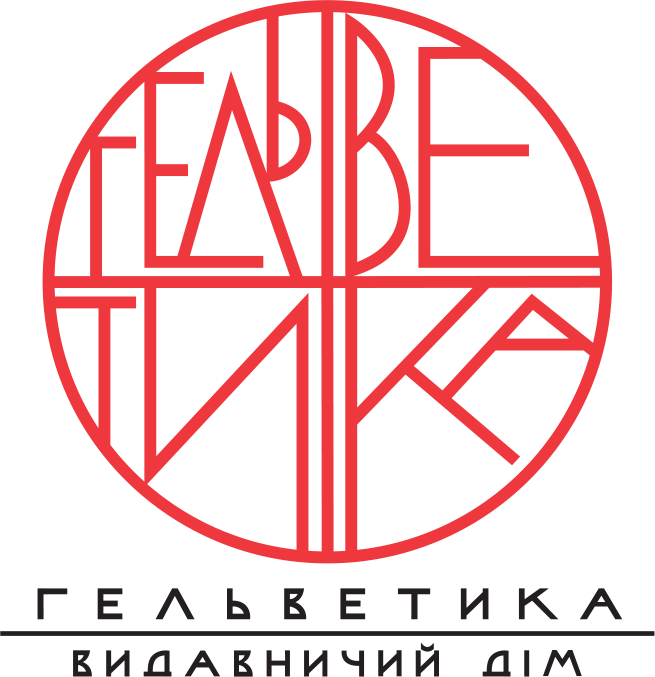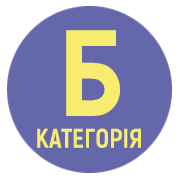DERZHPROM IN KHARKIV: REHABILITATION SCENARIOS FOR A MODERNIST MONUMENT IN THE CONTEXT OF ENGINEERING THINKING EVOLUTION AND HERITAGE PRESERVATION
DOI:
https://doi.org/10.32782/uad.2025.3.5Keywords:
Derzhprom, modernism, rehabilitation, engineering thinking, architectural heritage, systemic approach, heritage interfaceAbstract
The article presents a study of the Derzhprom building (Kharkiv) in the context of the evolution of engineering thought and strategies for preserving modernist heritage. The aim is to analyze current rehabilitation scenarios for modernist monuments, considering national and international legal frameworks, and to assess their applicability to Derzhprom. The analytical basis is the concept of engineering thought evolution in the 20th–21st centuries – from the technocratic mindset of classical modernism to interdisciplinary and sustainable methods of today. A historical analysis of five key stages in the development and reinterpretation of engineering solutions that shaped the building illustrates paradigm shifts – from avant-garde constructivism to present-day concepts that view Derzhprom as a multidimensional heritage site requiring an integrated preservation approach.The authors examine five approaches to engineering thought – scientific, systemic, environmental, evolutionary, and spherical – which define appropriate methods, technologies, and strategies of intervention. The practical section outlines four rehabilitation scenarios: conservation, restoration with adaptation, full revitalization, and development of an integrative digital model using BIM and AR/VR. Each scenario is evaluated against four criteria: architectural authenticity, legal compliance, adaptive reuse potential, and technological upgrade opportunities.Restoration with adaptation is identified as the most balanced and promising option, ensuring both heritage preservation and contemporary relevance. The article also emphasizes the potential of digital tools for promoting modernist heritage and shaping a future-oriented cultural infrastructure.
References
МКСК. Держпром після атаки: що відомо про стан пам’ятки після російського удару. Міністерства культури та стратегічних комунікацій. URL: https://mcsc.gov.ua/news/derzhprom-pislya-ataky-shho-vidomo-pro-stan-pamyatky-pislya-rosijskogo-udaru/ (дата звернення: 02.07.2025).
UNESCO. Ukraine: 20 cultural properties receive enhanced protection by UNESCO’s Second Protocol to the 1954 Hague Convention. UNESCO. URL: https://www.unesco.org/en/articles/ukraine-20-cultural-properties-receive-enhanced-protection-unescos-second-protocol-1954-hague.
Про охорону культурної спадщини : Закон України від 08.06.2000 № 1805-III : станом на 14 груд. 2024 р. Відомості Верховної Ради України. 2000. 8 черв. С. 333. URL: https://zakon.rada.gov.ua/laws/show/1805-14#Text (дата звернення: 04.07.2025).
ICOMOS. The Valletta principles for the safeguarding and management of historic cities, towns and urban areas. ICOMOS CIVVIH – ICOMOS International Committee on Historic Cities, Towns and Villages. URL: https://civvih.icomos.org/wp-content/uploads/2022/03/Valletta-Principles-GA-_EN_FR_28_11_2011.pdf (date of access: 30.06.2025).
Nara Conference on Authenticity in Relation to the World Heritage Convention (1994 Nara, Japan). Nara conference on authenticity in relation to the world heritage convention: proceedings, Nara, Japan, 1-6 November, 1994. Trondheim, Norway : Tapir Publishers, 1995. 427 p. URL: https://whc.unesco.org/archive/1994/whc-94-conf003-inf8e.pdf.
Shilo A. V. Gosprom ensemble in Kharkiv and the concept of modern style. DOCOMOMO Journal. 2024. No. 70. P. 18–26. URL: https://doi.org/10.52200/docomomo.70.03 (date of access: 02.07.2025).
Швиденко О. Цінність та збереженість пам’яток архітектури 1910–1940-х років, що внесено до списку всесвітньої спадщини. Науковий вісник будівництва. 2014. Т. 76, № 2. С. 10–14. URL: https://svc.kname.edu.ua/index.php/svc/article/view/1493.
Rusanova M., Maimeskul O. Modernist monuments of freedom square in Kharkiv. DOCOMOMO Journal. 2024. No. 70. P. 36–43. URL: https://doi.org/10.52200/docomomo.70.05 (date of access: 30.06.2025).
Antonenko N., Deriabina O. Preservation of monuments of modern architecture in Ukraine (1990–2010). Wiadomości Konserwatorskie. Journal of Heritage Conservation. 2020. Vol. 62. P. 7–15. URL: https://repozytorium.biblos.pk.edu.pl/redo/resources/43552/file/resourceFiles/AntonenkoN_PreservationMonuments.pdf.
Didenko K., Gella O. Architecture of the administrative centre of Kharkiv, the capital – laboratory for the creation of the New Man: from concept to implementation. Budownictwo i Architektura. 2024. Vol. 23, no. 4. P. 005–023. URL: https://doi.org/10.35784/bud-arch.5886 (date of access: 30.06.2025).
Remizova О. Composition methods of the Soviet architectural avant-garde. DOCOMOMO Journal. 2024. No. 70. P. 28–35. URL: https://doi.org/10.52200/docomomo.70.04 (date of access: 30.06.2025).
Kairamo M., Mustonen T. The Restoration of Central City Alvar Aalto Library in Vyborg. DOCOMOMO Journal. 2013. No. 49. P. 73–77. URL: https://doi.org/10.52200/49.a.bytce7dn (date of access: 30.06.2025).
Markgraf M. Bauhaus and Ulm school of design pedagogy towards the creation of a global design. Global Design. 2012. No. 47. P. 12–19. URL: https://doi.org/10.52200/47.a.foko3wun (date of access: 30.06.2025).
Kelly O. Plan shelved to protect Central Bank building. The Irish Times. URL: https://www.irishtimes.com/news/ireland/irish-news/plan-shelved-to-protect-central-bank-building-1.3080273 (date of access: 30.06.2025).
Baik A. The use of interactive virtual BIM to boost virtual tourism in heritage sites, historic Jeddah. ISPRS International Journal of Geo-Information. 2021. Vol. 9, no. 10. 577. URL: https://doi.org/10.3390/ijgi10090577.




